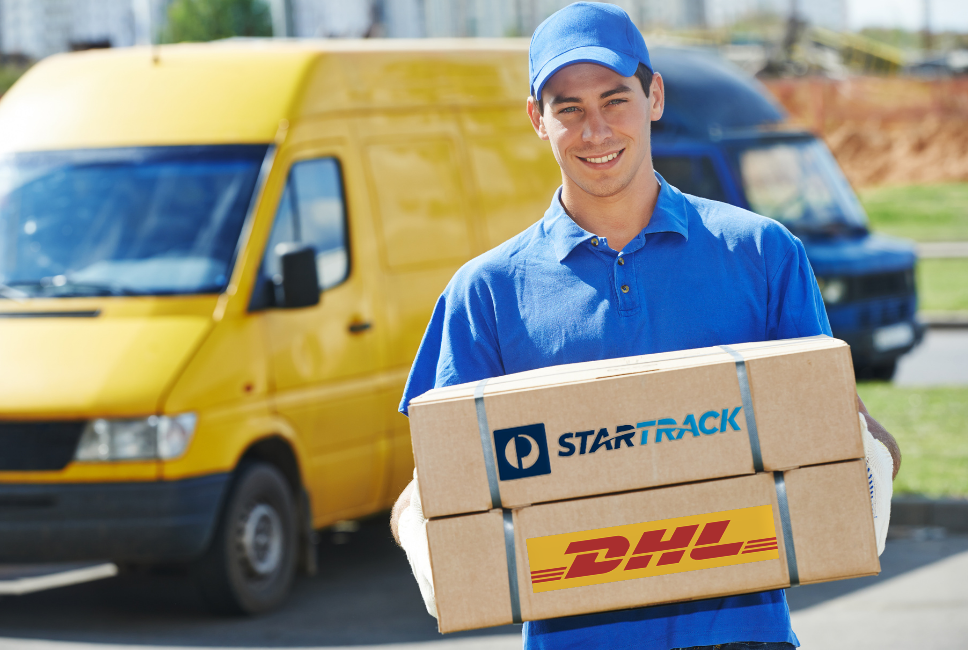In today’s fast-paced world, same day delivery has emerged as more than a convenience—it’s a necessity. Consumers are no longer satisfied with standard shipping times that take days or even weeks. Instead, the expectation is now shifting toward receiving goods within hours of placing an order. This demand has reshaped the logistics industry, pressuring businesses to adapt to new operational models that prioritize speed, accuracy, and customer satisfaction.
Evolution of Same Day Delivery in E-Commerce
E-commerce giants like Amazon, Walmart, and Target have revolutionized the delivery landscape by introducing and normalizing same day delivery. What once seemed like a luxury service is now widely accessible across a variety of platforms. As more consumers embrace online shopping for everything from groceries to electronics, e-commerce companies are expanding their infrastructure to support faster delivery windows. This evolution reflects not only technological advancement but also changing consumer expectations.
How Businesses Are Adapting to Same Day Delivery
To meet the growing demand for same day delivery, businesses are investing in last-mile delivery networks, regional fulfillment centers, and artificial intelligence for optimized routing. These investments help ensure products are picked, packed, and shipped within hours of purchase. Retailers are also partnering with third-party logistics providers to scale their delivery capabilities. For smaller businesses, local courier services provide a feasible way to offer same-day options without building large-scale infrastructure.
Consumer Benefits of Same Day Delivery
One of the most obvious benefits of same day delivery is convenience. Consumers appreciate the ability to receive essential items quickly, especially in emergencies or urgent situations. This service is particularly beneficial for busy professionals, parents, or individuals with mobility challenges. Additionally, faster delivery contributes to customer satisfaction and loyalty. When consumers receive their items promptly, they are more likely to return to the same retailer for future purchases.
Challenges Faced in Offering Same Day Delivery
Despite its growing popularity, same day delivery presents several challenges for retailers and logistics providers. First, operational costs can be high, particularly for small businesses that lack economies of scale. Second, the logistical complexity of coordinating inventory, shipping, and traffic in real-time requires sophisticated technology. Third, external factors such as weather conditions, traffic congestion, and labor shortages can impact reliability. Maintaining profitability while ensuring customer satisfaction is a delicate balance that many businesses are still trying to master.
Technology’s Role in Streamlining Same Day Delivery
Advancements in technology are instrumental in making same day delivery more efficient and scalable. AI-powered algorithms optimize delivery routes, predict demand surges, and manage fleet dispatching. Inventory management systems ensure that products are available at the right locations to meet fast shipping requirements. In some regions, autonomous delivery vehicles and drones are being tested as future solutions. Mobile apps also allow customers to track their orders in real time, enhancing transparency and trust.
Same Day Delivery in the Healthcare Sector
The impact of same day delivery extends beyond retail and e-commerce. In the healthcare industry, it plays a vital role in delivering urgent medical supplies, prescriptions, and diagnostic samples. Pharmacies now offer same-day delivery of essential medications, reducing the need for patients to travel. Hospitals and clinics rely on rapid logistics for lab samples and surgical equipment. The speed and reliability of these deliveries can have a direct impact on patient outcomes, making this service essential in critical care scenarios.
Environmental Considerations and Sustainability
While same day delivery is convenient, it often comes with environmental concerns. Expedited deliveries can lead to increased emissions due to smaller batch shipments and more frequent transportation runs. However, businesses are now exploring greener solutions, such as electric delivery vehicles, optimized route planning, and carbon offset programs. Balancing fast delivery with sustainability is a growing priority, and companies that innovate in this space can appeal to eco-conscious consumers.
The Future Outlook of Same Day Delivery
As technology continues to advance and consumer expectations evolve, the future of same day delivery looks promising. We can expect even more integration of AI, robotics, and real-time data analytics. The concept of urban micro-fulfillment centers is also gaining traction, allowing businesses to store inventory closer to high-demand areas. This reduces transit times and makes same-day shipping more viable in densely populated regions. Moreover, customer-centric innovations, such as delivery time windows and doorstep returns, will further refine the user experience.
Why Same Day Delivery Gives Businesses a Competitive Edge
Offering same day delivery is no longer just a nice-to-have feature; it has become a key differentiator in a competitive market. Businesses that provide faster shipping options can attract more customers, increase conversions, and reduce cart abandonment rates. It also enhances brand perception and customer loyalty. In a world where immediacy is valued, failing to offer same-day service could mean losing market share to competitors that do. By integrating fast delivery into their value proposition, companies can position themselves as responsive, innovative, and customer-focused.
Conclusion
Same day delivery is transforming the way consumers shop and how businesses operate. What began as a premium service is now a standard expectation across industries. From e-commerce to healthcare, the ability to deliver products within hours has proven to be a powerful tool for customer satisfaction and competitive advantage. However, this service is not without its challenges, particularly in logistics and environmental impact. As technology continues to evolve, the future of same day delivery will be shaped by innovation, sustainability, and the relentless pursuit of convenience.





Comments